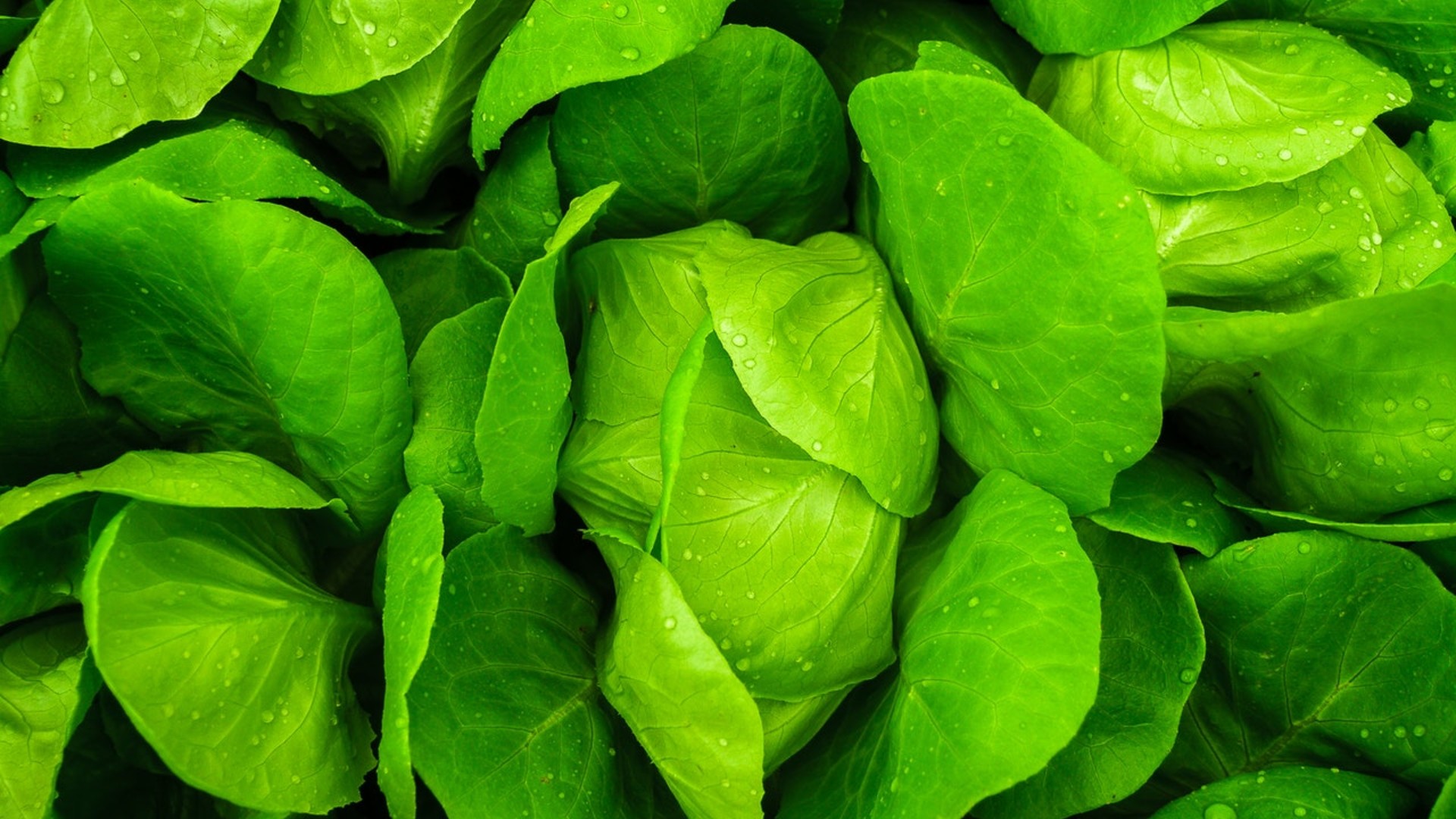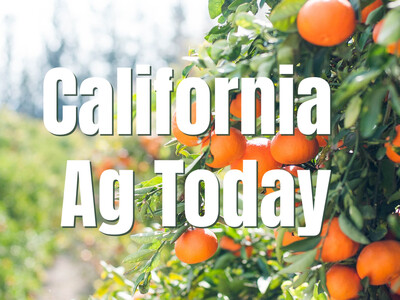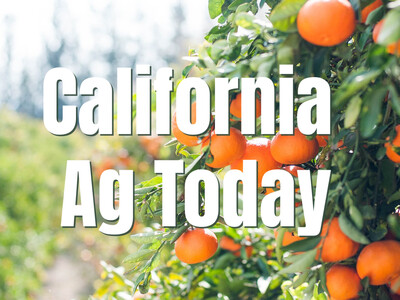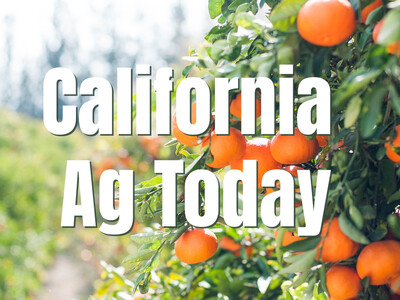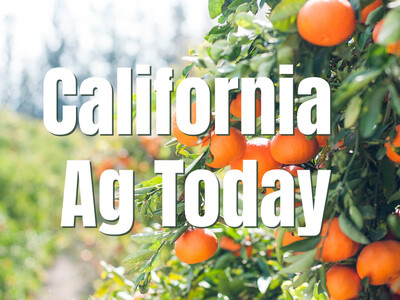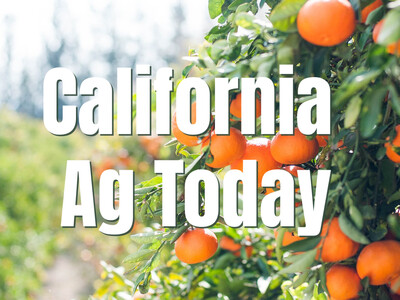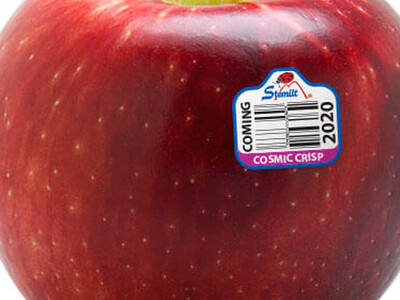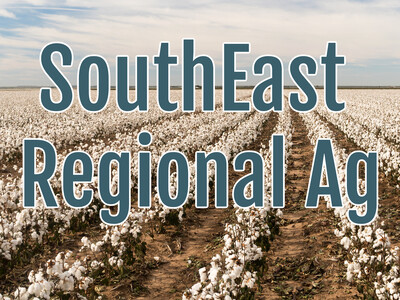Seasonality of Foodborne Illness

Tim Hammerich
News Reporter
There’s a seasonality to these food-borne illnesses from leafy green crops. California Ag Today’s Patrick Cavanaugh has the details.
Cavanaugh… “With the Salinas romaine outbreak last fall, through whole genome sequencing, the FDA reported three distinctive different E. coli strains from a similar time frame.”
Cavanaugh reports that some of the E. coli strains appear to be related, which suggests a common source. But researchers were not seeing the common E. coli strain that is known for causing the most problems, the E. coli 0157:H7.
Cavanaugh… “Researchers are wondering if there's something else going on in the environment. Is E. coli at low, undetectable levels, and then a combination of things such as soil accumulation, inadequate washing, maybe temperature, and there may be even at post-harvest or in the supply chain triggers it to become a big problem.”
There are numerous variables at play in determining the exact causes of these foodborne illnesses. But the seasonality may be an important clue that could lead to solving for these issues in the future.


